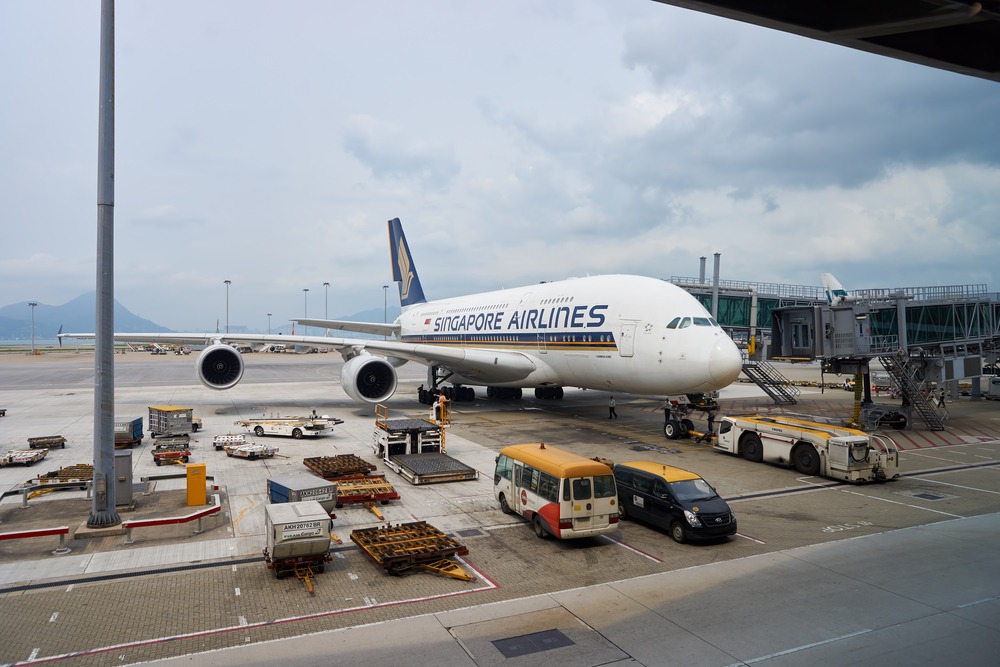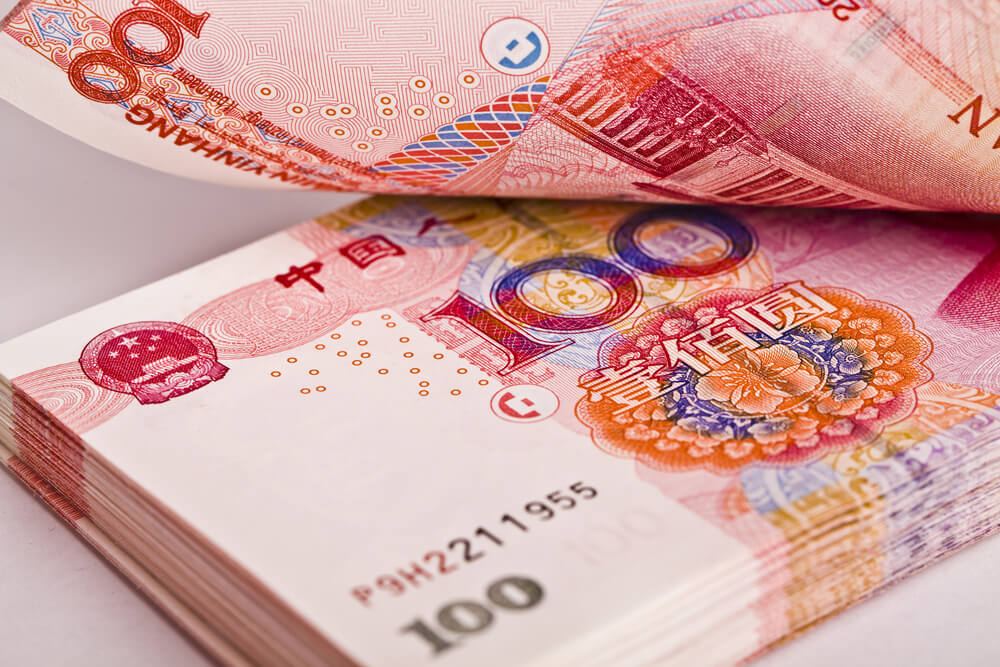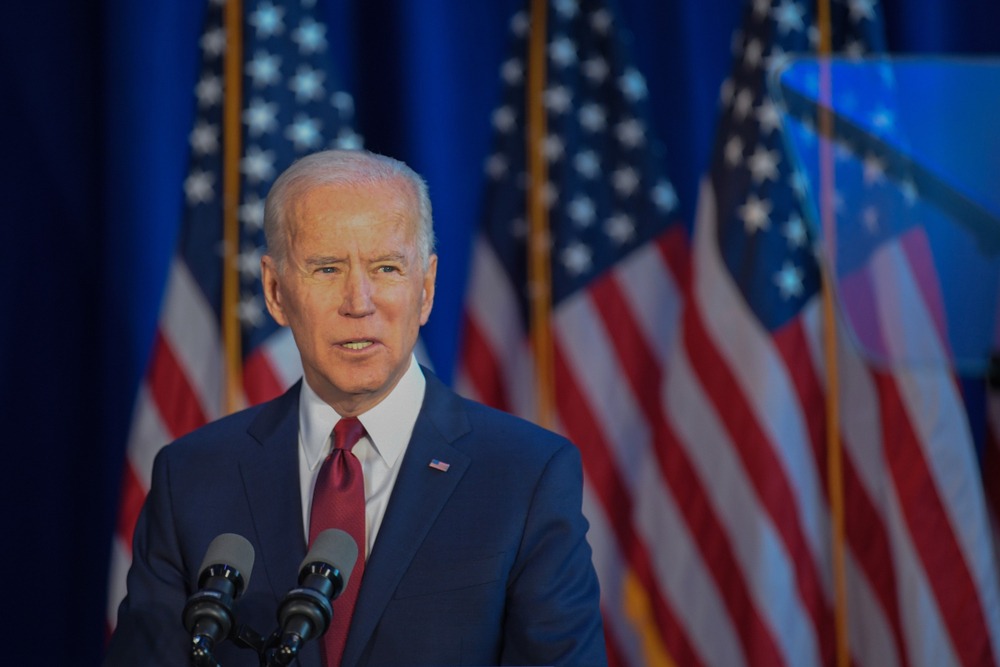Singapore Airlines Ltd said on Tuesday it would defer over S$4 billion ($3.01 billion) of spending. This will be on Airbus SE and Boeing Co planes, following agreements with the aircraft manufacturers to delay deliveries.
The airline will convert 14 of its Boeing 787-10 orders to 11 additional 777-9s. This is to meet its fleet needs beyond the financial year ending in March 2026, the airline said.
The agreements with Airbus and Boeing are a key plank of their strategy to navigate the disruptions caused by the pandemic. This was a statement from the Singapore Airlines Chief Executive Goh Choon Phong.
They allow them to defer capital expenditure, he said. Moreover, to recalibrate the rate at which they add capacity aligning both with the projected recovery trajectory for international air travel.
The airline intends to cut capital spending plans by S$2.2 billion in the 2020-21 financial year ending March 31. Additionally, it will cut S$1.7 billion in 2021-22 and by a more limited amount in the following three years.
The country lacks a domestic travel market. According to industry estimates, international travel is likely to take until 2024 to rebound to 2019 levels.
Singapore Airlines last week posted a S$142 million net loss in Q3. Passenger numbers plunged by 97.6% due to the pandemic. Its cargo business, though, held up better given a tight freight market.
Switching some of its Boeing orders to 777-9s lifts the planemaker’s poor-selling 777X program. However, it adds pressure on the smaller 787, already hit by production problems.
Last week, Boeing said that 118 orders for Boeing 777X widebody planes under development are no longer seen as firm. That’s under accounting rules that require it to regularly assess their viability, leaving it with 191 solid orders for the model.
Banks in China See Fewer Bad Loans as Economy Recovers
Elsewhere, Chinese banks saw the size of their bad loans shrinking at the end of last year. This is based on the statistics shown by China’s top banking and insurance watchdog on Tuesday. Businesses are recovering from the pandemic gathered steam.
At the end of December, the outstanding bad loans of China’s commercial banks totaled 2.7 trillion yuan. It was down by 133.6 billion yuan from the end of Q3, China’s Banking and Insurance Regulatory Commission (CBIRC) said.
According to a statement on the CBIRC website, the non-performing loan ratio in the sector stood at 1.84% at year-end. That’s compared to 1.96% at the end of September, it added.
It showed that in the whole year of 2020, the banking sector achieved a net profit of 1.94 trillion yuan, falling 2.7% year-on-year. Five trillion yuan was put aside for bad loans.













